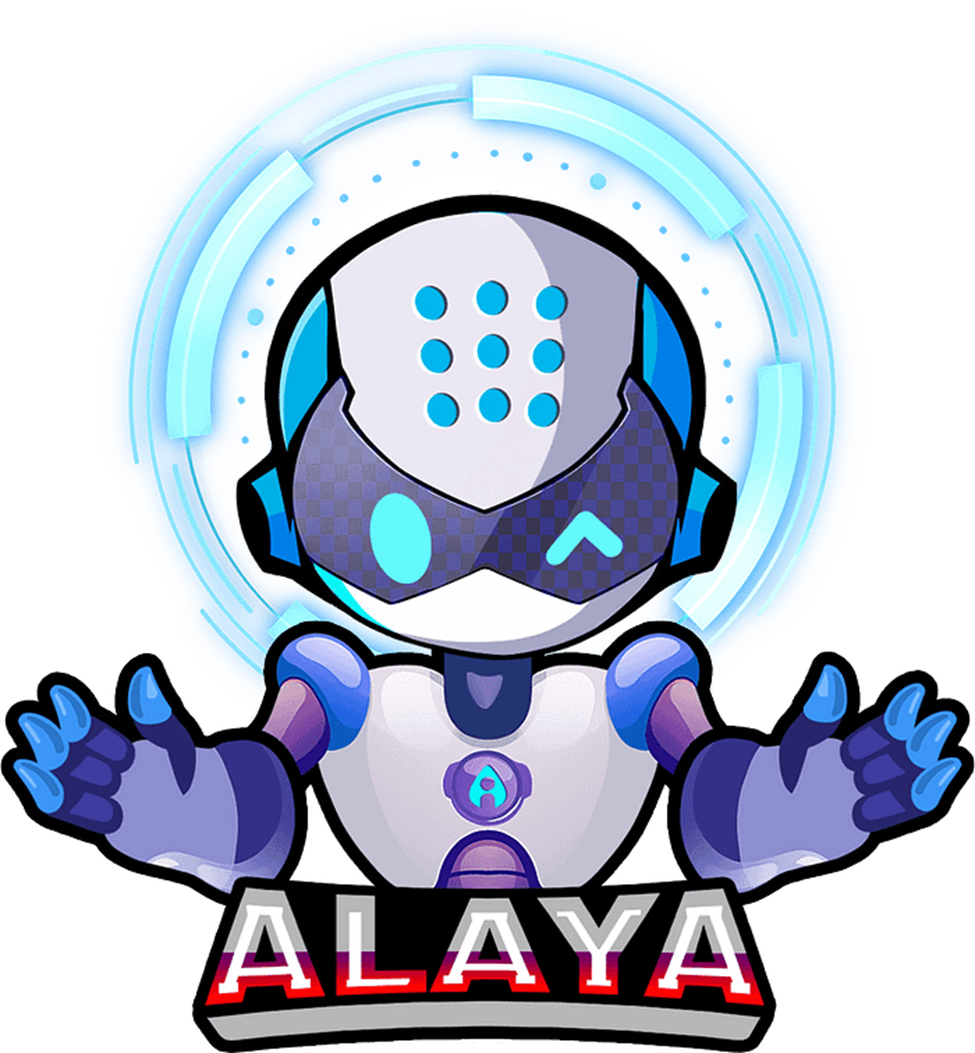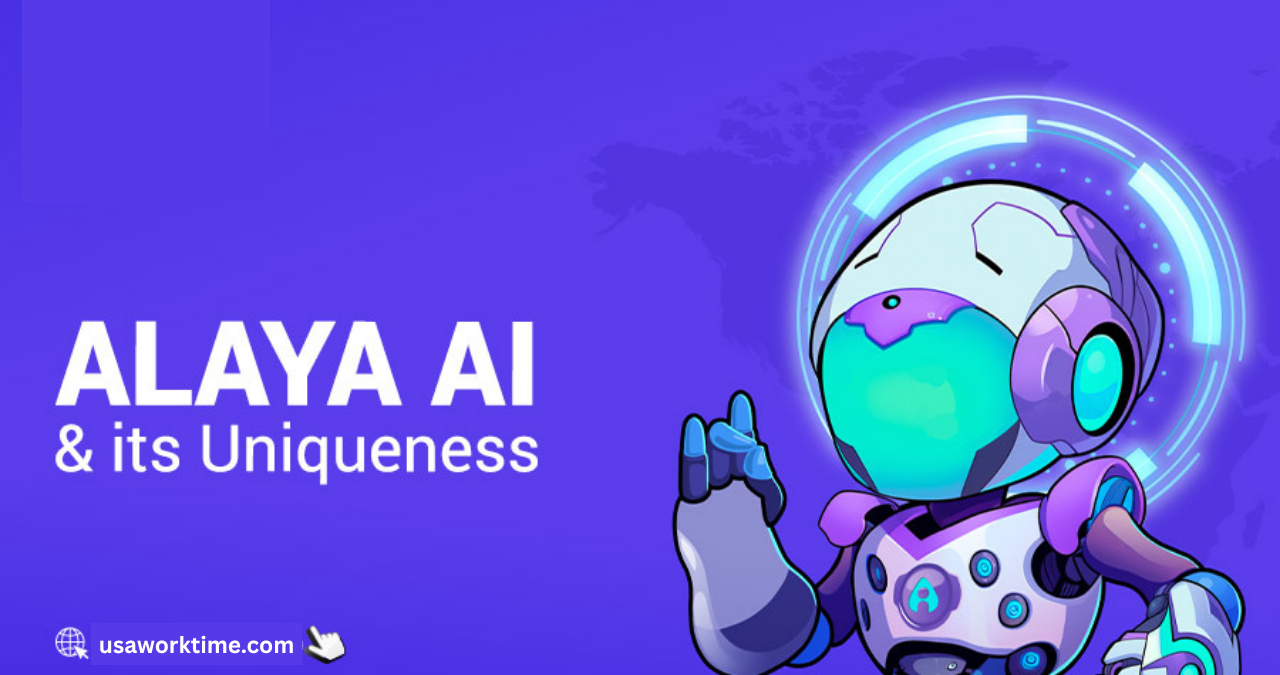Introduction
Artificial Intelligence (Alaya AI) has rapidly transformed how businesses, governments, and individuals interact with data. From autonomous vehicles to personalized recommendations, AI is at the core of today’s most disruptive innovations. Yet, one of the biggest challenges in Alaya AI development remains: access to high-quality, labeled data.
Enter Alaya AI — a revolutionary platform that bridges the gap between decentralized technologies and intelligent data systems. Unlike conventional AI platforms, Alaya AI empowers users to own, contribute, and benefit from the data they help create and label. As we increasingly shift towards decentralized ecosystems, Alaya AI represents a new paradigm in data collection and machine learning.
This article explores everything you need to know about Alaya AI — what it is, how it works, its features, applications, and its potential to redefine how we perceive AI and data ownership in the digital age.
What is Alaya AI?
Alaya AI is an innovative decentralized AI data platform designed to collect, label, and process data using a collaborative, blockchain-powered ecosystem. At its core, it seeks to solve a long-standing issue in the AI world: the lack of scalable, high-quality, and ethically sourced data for training machine learning models.
The concept behind Alaya AI is rooted in the idea that everyone can contribute to the AI revolution. Through its decentralized infrastructure, the platform invites users—referred to as “data contributors”—to submit and label data in exchange for rewards. These contributions help train AI models more efficiently and accurately than traditional methods, which often rely on expensive and time-consuming manual labeling.
Alaya AI stands out due to its integration of blockchain technology, which ensures transparency, security, and data provenance. It blends the power of artificial intelligence with decentralized networks, allowing data to be crowdsourced, validated, and monetized—without compromising privacy or ownership.
Unlike monolithic AI platforms operated by a few tech giants, Alaya AI is community-driven. It democratizes the creation and control of AI, giving users a direct role in how models are trained and how their data is used. This innovative approach marks a pivotal shift in the evolution of data intelligence.
Core Features and Technologies
Alaya AI is built upon several groundbreaking technologies that enhance its functionality and user experience. One of the most critical components is blockchain integration, which serves as the foundation for data integrity and user trust. By logging every data transaction on a decentralized ledger, Alaya AI ensures transparency and prevents data manipulation or duplication.
Another standout feature is its AI-powered labeling engine, which combines machine learning with human input to ensure data is accurately categorized. This hybrid approach boosts efficiency while maintaining quality control. Contributors label datasets, and the system uses AI to cross-check and optimize the results, creating a virtuous cycle of continual improvement.
Incentivization is central to the Alaya AI ecosystem. Contributors are rewarded with tokens for their efforts in data labeling and validation. This token economy not only encourages participation but also supports the platform’s sustainability by redistributing value among users rather than central authorities.
Smart contracts further enhance automation by enabling trustless transactions between parties. These contracts handle payments, task assignments, and verification without the need for intermediaries. Together, these technologies make Alaya AI a powerful, scalable, and secure data intelligence platform with wide-ranging applications.
Applications and Use Cases
Alaya AI has diverse applications across multiple industries that rely on high-quality data for decision-making. In healthcare, the platform can be used to label and analyze patient data, medical images, and clinical notes, aiding in diagnostics and treatment recommendations. Because of its privacy-first approach, sensitive information remains secure while still being useful for AI training.
In the financial sector, Alaya AI enables the development of fraud detection models by collecting and labeling transactional data. Banks and fintech companies can harness this labeled data to enhance their machine learning systems and reduce financial crimes.
Marketing and advertising also benefit from Alaya AI’s capabilities. By analyzing user preferences and behaviors, the platform helps businesses create more targeted campaigns. Contributors can label social media interactions, images, or survey responses, generating valuable datasets for sentiment analysis and customer profiling.
In scientific research, Alaya AI supports collaborative data labeling for projects that require large datasets—such as climate modeling, space exploration, or genomics. The decentralized nature of the platform encourages contributions from global participants, making scientific data collection more inclusive and efficient.
Benefits and Challenges

The benefits of Alaya AI are vast. First and foremost is data transparency—users know how their data is used, who uses it, and for what purpose. This fosters trust and promotes ethical data use. Moreover, contributors maintain data ownership, a significant departure from traditional platforms that profit from user data without compensation.
Another advantage is improved model accuracy. Crowdsourcing leads to diverse, real-world data inputs that enhance AI learning. The incentivized system ensures continuous participation, reducing the dependency on expensive third-party data providers.
However, Alaya AI is not without its challenges. One of the key concerns is data quality control. While crowdsourcing is powerful, it requires robust validation mechanisms to prevent low-quality or fraudulent contributions. Alaya AI addresses this through its AI validation layer and community voting systems, but perfection remains elusive.
Adoption is another hurdle. Many businesses are still unfamiliar with decentralized platforms, which may slow integration. Moreover, regulatory compliance—especially regarding data privacy laws like GDPR—must be rigorously maintained to gain trust in global markets.
The Future of Alaya AI
The future of Alaya AI is promising. With a clear roadmap focused on expansion, interoperability, and user empowerment, the platform is poised to become a cornerstone of the decentralized AI movement. Upcoming features include Web3 integrations, allowing seamless interaction with other decentralized platforms and metaverse applications.
As more users join the ecosystem, Alaya AI’s community governance model will become increasingly important. Token holders can vote on platform upgrades, rule changes, and funding proposals, ensuring that development aligns with community needs.
In the long term, Alaya AI could transform how data is collected, shared, and utilized—ushering in an era of transparent, fair, and intelligent data ecosystems. Its success could redefine AI as a collaborative, decentralized endeavor rather than a centralized monopoly.
Conclusion
Alaya AI is not just another data platform—it’s a revolution in decentralized intelligence. By combining the power of blockchain, crowdsourced data, and AI, it offers a fresh approach to data ownership, quality, and collaboration. In a world increasingly driven by artificial intelligence, platforms like Alaya AI empower users to contribute, benefit, and shape the future of technology.
As industries seek smarter, fairer, and more transparent data solutions, Alaya AI stands out as a beacon of what’s possible when technology is democratized. It’s more than a platform; it’s a movement that places data—and its value—back in the hands of the people.
Frequently Asked Questions (FAQs)
What makes Alaya AI different from traditional AI platforms?
Alaya AI is decentralized, community-driven, and offers incentives for data contributors, ensuring ethical data usage and higher accuracy through crowdsourcing.
Is Alaya AI open-source or proprietary?
Alaya AI operates on a transparent blockchain framework, and while specific components may be proprietary, it emphasizes open participation and governance.
How do users earn incentives on the platform?
Users earn tokens by contributing, labeling, or validating data. These tokens can be used within the platform or traded on supported exchanges.
Can businesses integrate Alaya AI into their existing systems?
Yes, Alaya AI is designed to be API-friendly and modular, allowing seamless integration with enterprise solutions.
What kind of data does Alaya AI work with?
It supports various data types including text, images, audio, and structured data suitable for training machine learning models.
You May Also Read: https://usaworktime.com/innocams/










